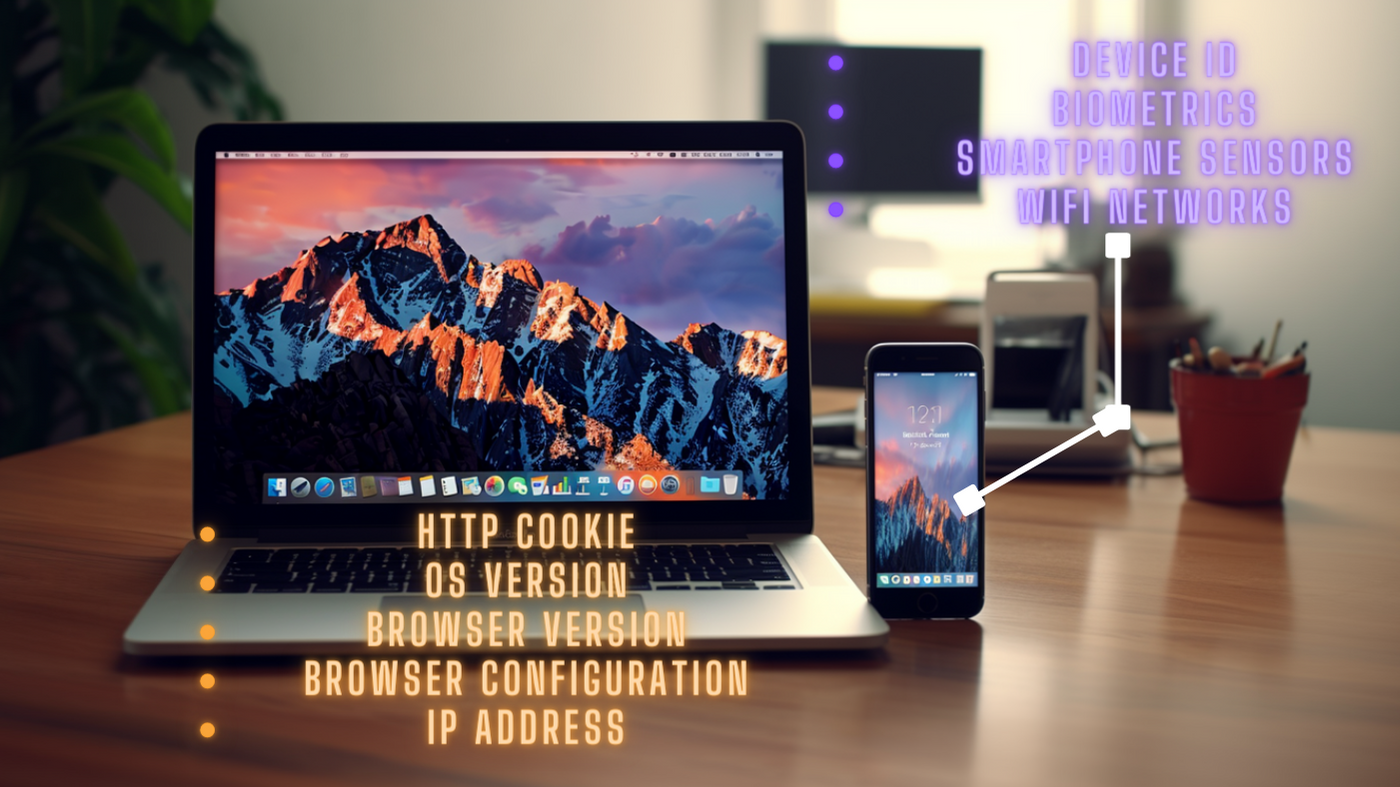
Device fingerprinting involves a series of 3 steps that gather information on a user’s device to compile a unique profile out of it towards the end.
Collection of Information
Information is collected on a device when it connects to a network or visits a website. This can include:
- User-Agent String: This is a string of text that includes details about the device’s operating system, browser, and version.
- IP Address: The unique numerical address assigned to a device on the internet.
- Screen Resolution and Colour Depth: Display capabilities of the device.
- Time Zone: Time zone setting of the device.
- Installed Fonts: The list of fonts installed on the device.
- Browser Plugins: Information about browser plugins and extensions installed on the device.
- Language Preferences: The preferred language of the device.
- Hardware and Software Characteristics: Details about the device’s hardware, such as CPU type and number of cores, as well as software settings.
- Cookies and Local Storage: Information stored by websites on the device’s browser.
Fingerprint Generation
The collected information is then processed and combined to create a unique profile or “fingerprint” for the device. This fingerprint is a representation of the device’s unique characteristics.
Comparison and Tracking
The generated fingerprint is then compared to a database of known fingerprints. The device is recognised when a match is found and its behaviour can be tracked over time. If the fingerprint is not found, a new entry can be created in the database.

